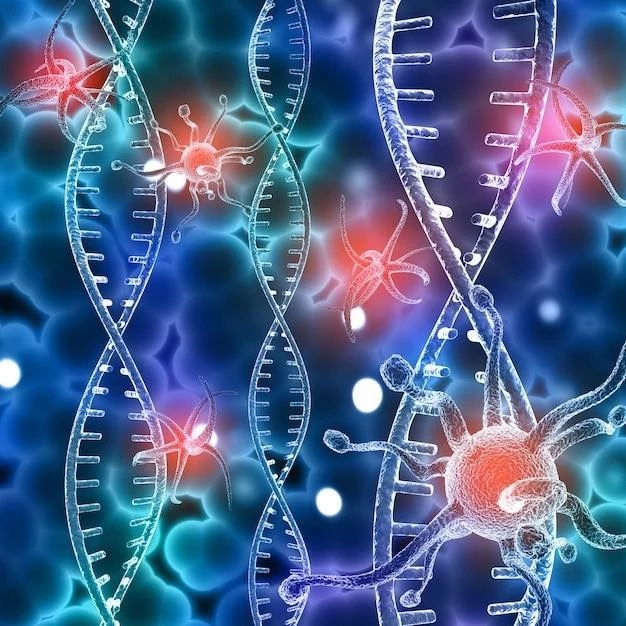Characteristics to Observe
When observing individuals with Chromosome 9 Trisomy Mosaic, keep an eye out for a range of symptoms that may include developmental delays, intellectual disabilities, facial abnormalities, growth delays, and neurological issues. It is crucial to monitor these characteristics for early detection and intervention.
Genetic Origins
The genetic origins of Chromosome 9 Trisomy Mosaic involve the presence of an extra copy of chromosome 9 in some cells of the body. This condition typically arises from errors during cell division, leading to the presence of three copies of chromosome 9 instead of the usual two. Understanding the genetic basis of this disorder is critical in providing accurate diagnosis and developing appropriate treatment strategies.
Diagnostic Procedures
Diagnosis of Chromosome 9 Trisomy Mosaic often involves genetic testing such as chromosomal microarray analysis or karyotyping to identify the presence of an extra chromosome 9. Additionally٫ physical examinations٫ developmental assessments٫ and imaging studies may be conducted to assess the individual’s overall health and any associated symptoms. A comprehensive diagnostic approach is vital for accurate identification of this condition.
Medical Interventions
Treatment for Chromosome 9 Trisomy Mosaic focuses on managing symptoms and addressing specific health needs of the individual. This may involve a multidisciplinary approach including therapies such as speech, physical, and occupational therapy to support development and well-being. Additionally, early intervention programs and educational support play a crucial role in optimizing the individual’s quality of life. Regular monitoring and individualized care plans are essential components of medical interventions for this condition.
Long-Term Outlook

The long-term outlook for individuals with Chromosome 9 Trisomy Mosaic varies depending on the severity of symptoms and the presence of associated health conditions. While early intervention and ongoing medical care can help manage symptoms and improve quality of life, the prognosis may involve challenges related to developmental delays and intellectual disabilities; It is essential for individuals with this condition to have access to comprehensive support services and resources to enhance their long-term well-being and functional abilities.
Care Network
Building a strong care network is essential for individuals with Chromosome 9 Trisomy Mosaic. This network may include medical professionals٫ therapists٫ educators٫ and support groups. Collaborating with specialists can ensure comprehensive care and access to resources that cater to the individual’s specific needs. By establishing a supportive care network٫ individuals with this condition can receive the necessary assistance and guidance to optimize their well-being and development.
Current Studies
Ongoing research on Chromosome 9 Trisomy Mosaic focuses on understanding the underlying mechanisms of the condition٫ improving diagnostic tools٫ and exploring therapeutic interventions. Studies aim to enhance the quality of life for affected individuals by identifying new treatment approaches and support strategies. Collaborative efforts among researchers٫ clinicians٫ and advocacy groups are essential in advancing knowledge and providing better care for individuals with this genetic disorder.
Guidance for Parents
Parents of children with Chromosome 9 Trisomy Mosaic need to be well-informed about the condition, available support services, and potential treatment options. It is crucial for parents to work closely with healthcare providers to develop a comprehensive care plan tailored to their child’s specific needs. Seeking emotional support, connecting with other families facing similar challenges, and staying updated on research advancements can help parents navigate the complexities of managing their child’s condition with confidence and resilience.
